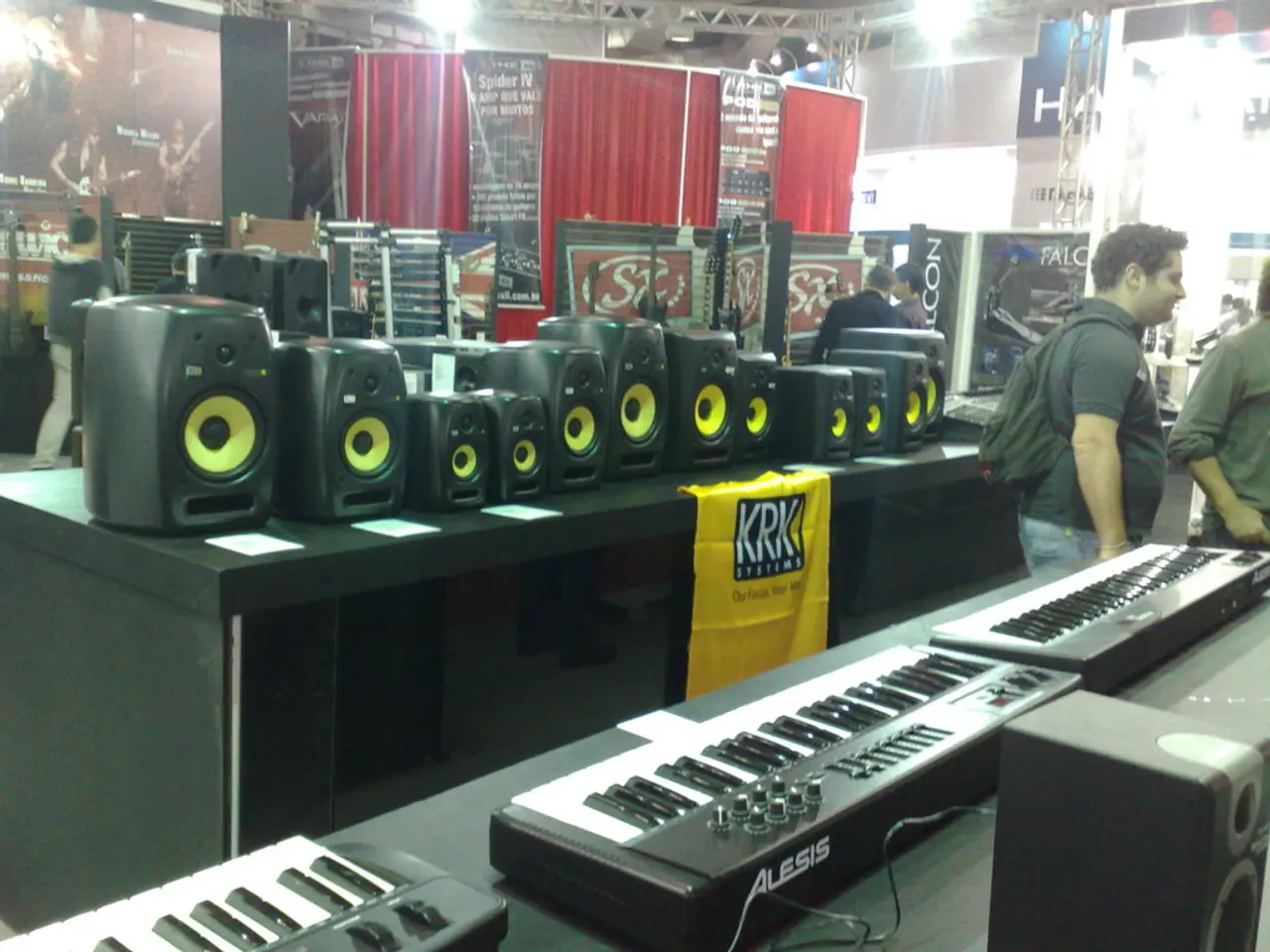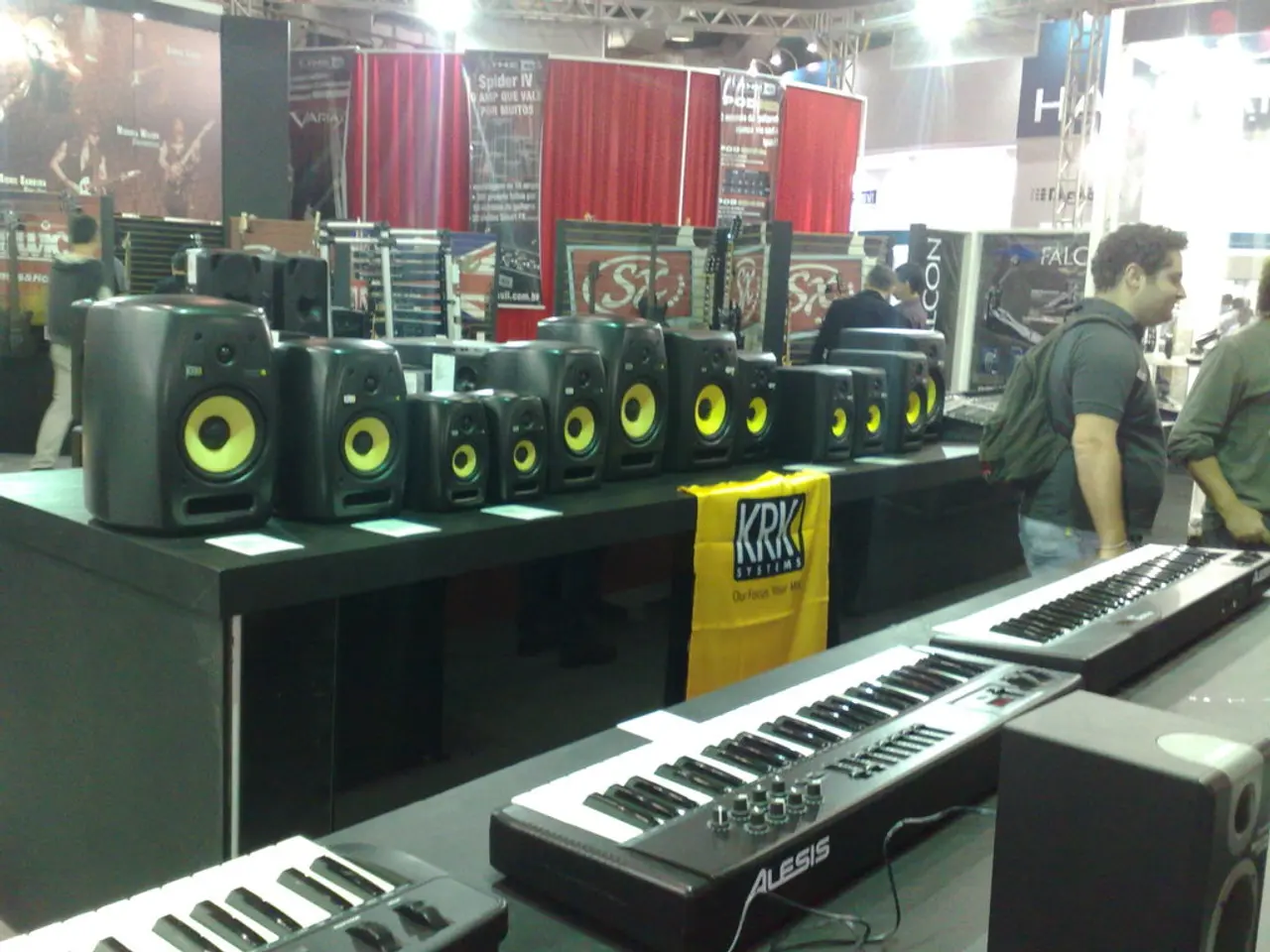Scorching European Summers: Insufficient Air Conditioning Prevalence Explained
A brutal heatwave is currently gripping many parts of Europe, pushing temperatures to record-breaking levels and prompting questions about the continent's reluctance to adopt air conditioning (AC) on a large scale. This contrasts sharply with the United States, where nearly 90% of homes have AC.
The reasons for this disparity are complex, encompassing climate differences, building and housing structures, cultural factors, and energy and environmental policies.
**Climate Differences**
The United States, particularly the southern regions, experiences hotter and more humid summers, driving high demand for AC. In Europe, by contrast, the climate is generally milder, with cooler and wetter weather prevailing in much of central and northern Europe. Even during recent heatwaves, like the one in southern Spain reaching 40°C, such extremes are still exceptions rather than the norm across Europe.
**Building and Housing Structures**
U.S. homes and commercial buildings are often designed with AC in mind, featuring centralized HVAC systems that facilitate AC installation and use. European buildings, however, tend to be older, with thicker walls and architectural designs optimized for insulation and natural ventilation rather than mechanical cooling. This structural legacy decreases the need and ease of AC installation.
**Cultural and Behavioral Factors**
Europeans have traditionally relied on natural ventilation methods, such as opening windows, shutters, and using fans, reflecting a cultural preference for passive cooling methods. This contrasts with the U.S., where comfort norms strongly favor mechanical cooling as a standard household feature.
**Energy and Environmental Policies**
Europe’s stronger regulatory frameworks promote energy-efficient and environmentally friendly cooling solutions. Incentives and standards encourage alternatives like heat pumps, which provide both heating and cooling, reducing reliance on conventional air conditioners. The continent’s energy supply concerns, especially relating to natural gas availability and prices, also make heavy AC use less economically attractive compared to the U.S.
The challenge will be making sure countries have strong regulations around the efficiency of cooling systems to reduce their potentially huge climate impact. In 2022, Spain introduced rules stipulating AC in public places should be set no lower than 27 degrees Celsius (80 degrees Fahrenheit) to save energy.
However, as climate change drives more severe and prolonged heatwaves, some are questioning whether Europe's reluctance to adopt AC could become unsustainable. The International Energy Agency (IEA) predicts the number of AC units in the EU will rise to 275 million by 2050, more than double the 2019 figure.
In France, far-right politician Marine Le Pen has vowed to implement a "major air conditioning infrastructure plan." Yet, in the United Kingdom, only around 5% of homes have cooling systems, and many of these are portable AC units. The cost of installing and running air conditioning is often seen as expensive in Europe, as energy costs are higher and incomes tend to be lower compared to the US.
Moreover, UK authorities often reject applications to install AC due to concerns about the visual appearance of the outdoor condenser unit, especially in conservation areas or on listed buildings. Radhika Khosla, an associate professor at the Smith School of Enterprise and the Environment at the University of Oxford, warns that using fossil fuel-powered AC increases planet-heating pollution.
The cost of powering an AC unit has risen further since Russia invaded Ukraine in 2022, making the cost of air conditioning potentially out of reach for many Europeans. Every air conditioner sold today locks in energy use and emissions for the next decade or two decades, according to the IEA's Motherway.
In conclusion, Europe’s lower AC adoption is driven by its generally milder climate, building practices, cultural preferences, and stronger regulatory emphasis on sustainability—all factors that contrast with the U.S. context where hotter climates and building norms make AC nearly ubiquitous. As Europe faces increasingly extreme heatwaves, striking a balance between comfort and sustainability will become increasingly important.
**Summary Table**
| Factor | United States | Europe | |-------------------------------|---------------------------------------|------------------------------------------------| | Climate | Hotter, more humid summers | Milder, cooler summers with some regional heatwaves | | Building Design | Modern, AC-friendly architecture | Older, thicker structures favoring natural ventilation | | Cultural Norms | Strong preference for mechanical cooling | Preference for passive cooling and natural ventilation | | Energy/Environmental Policies | Less stringent on AC energy use | Strong focus on energy efficiency and carbon reduction | | AC Adoption Rate | Approximately 88% households | Significantly lower, varying by region and climate |
- The disparity in air conditioning (AC) adoption between the United States and Europe is influenced by various factors, including climate differences, building and housing structures, cultural norms, and energy and environmental policies.
- The International Energy Agency (IEA) predicts that the number of AC units in the EU will rise to 275 million by 2050, almost double the 2019 figure, as climate change drives more severe and prolonged heatwaves.
- The cost of powering an AC unit has risen significantly in Europe since the 2022 Russia-Ukraine conflict, potentially making air conditioning inaccessible for many struggling with high energy costs.








